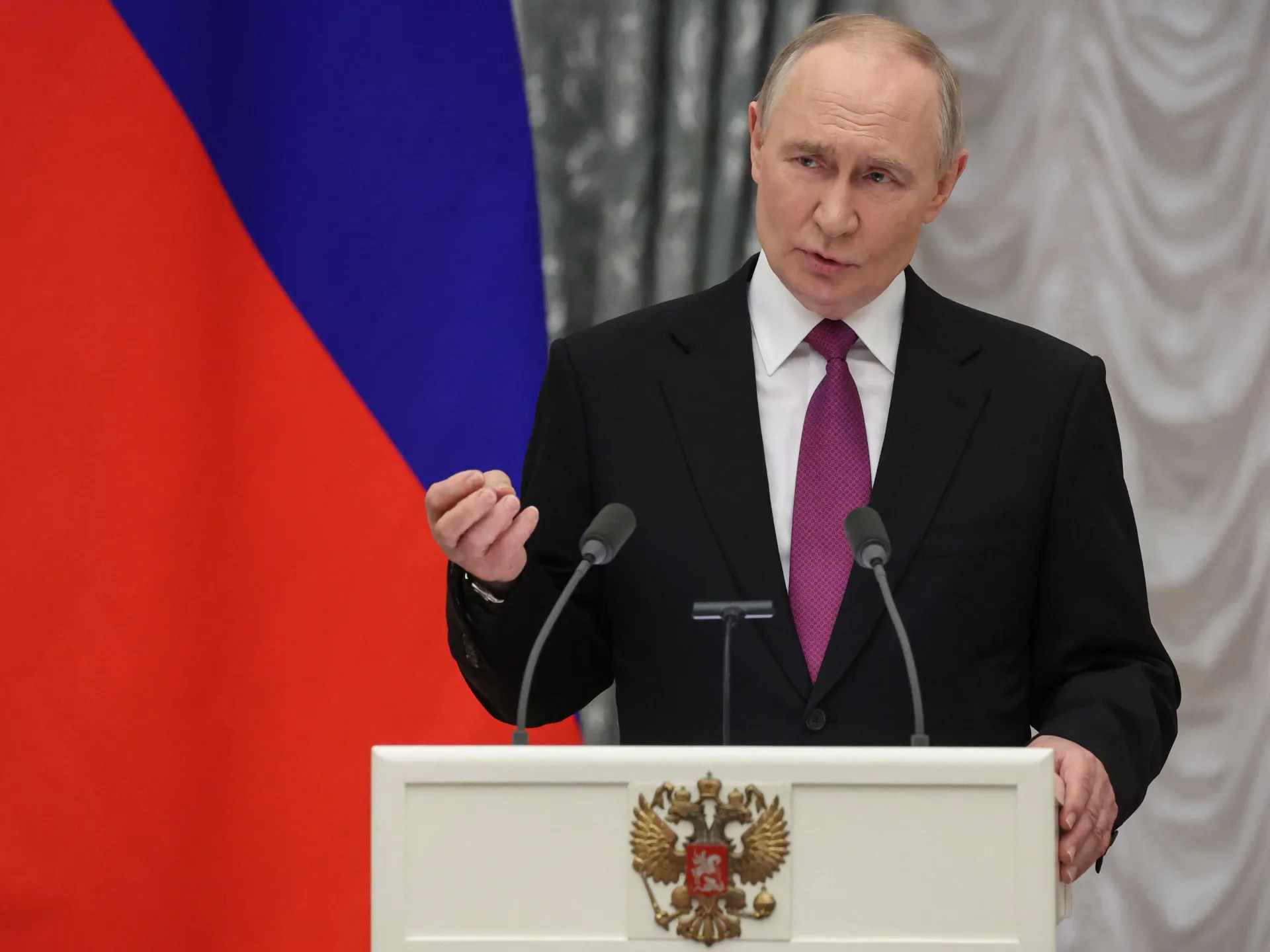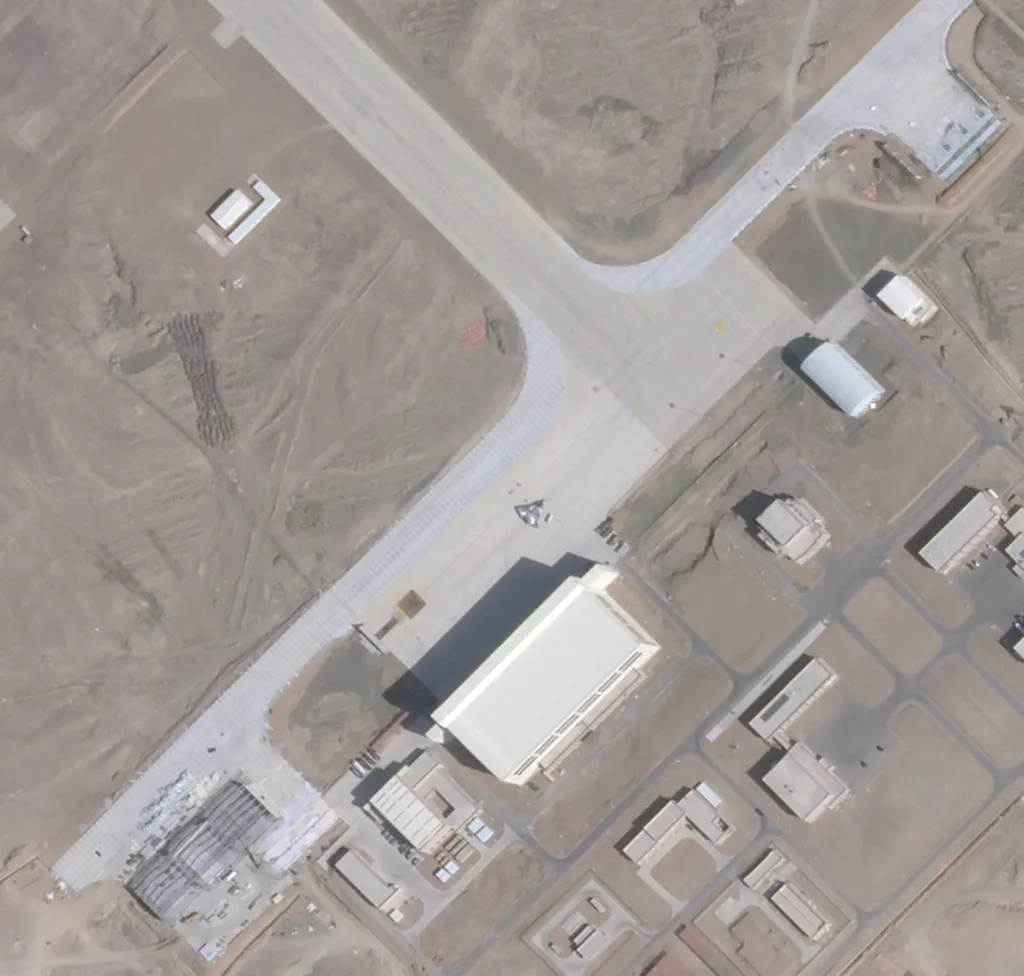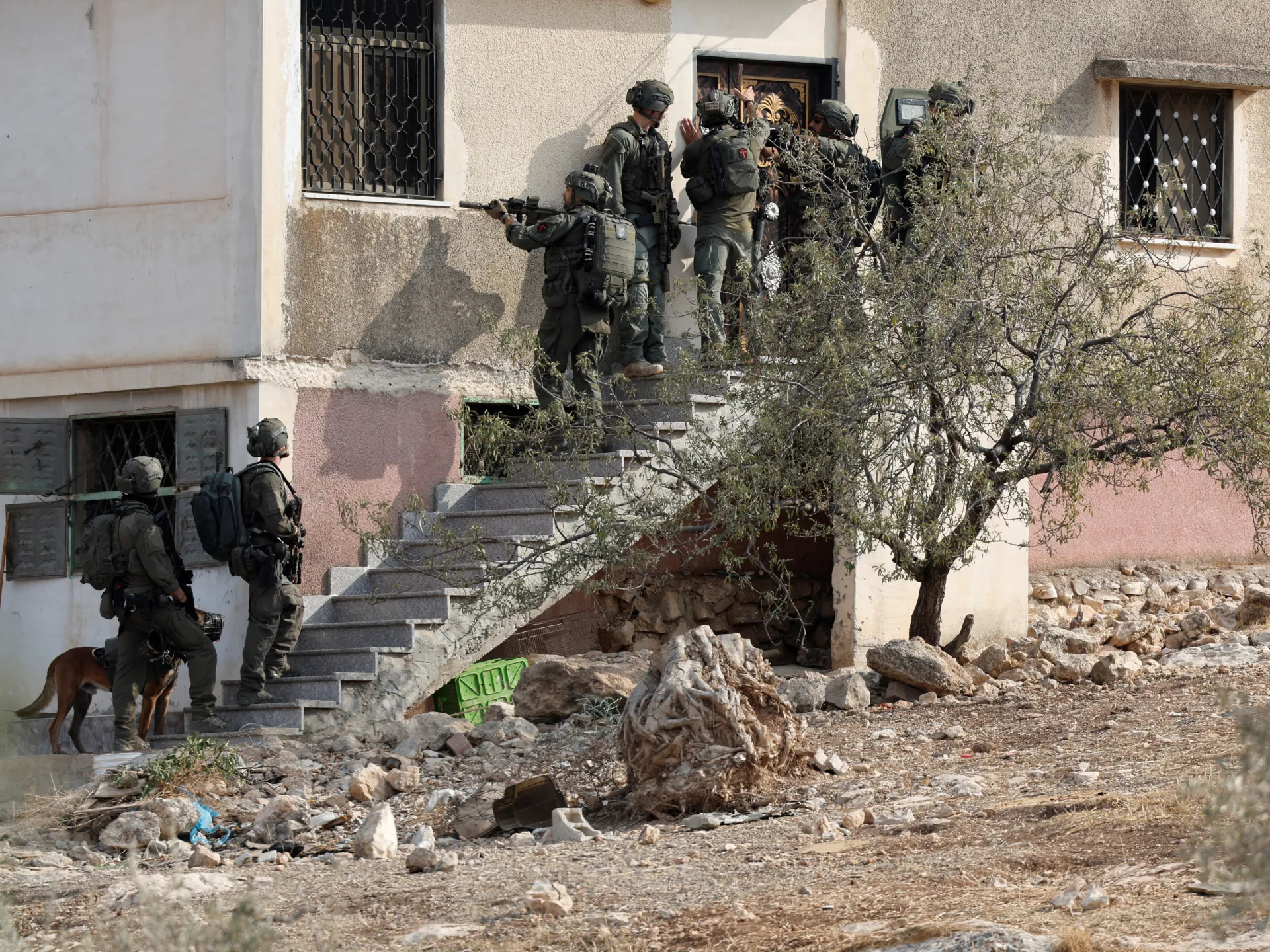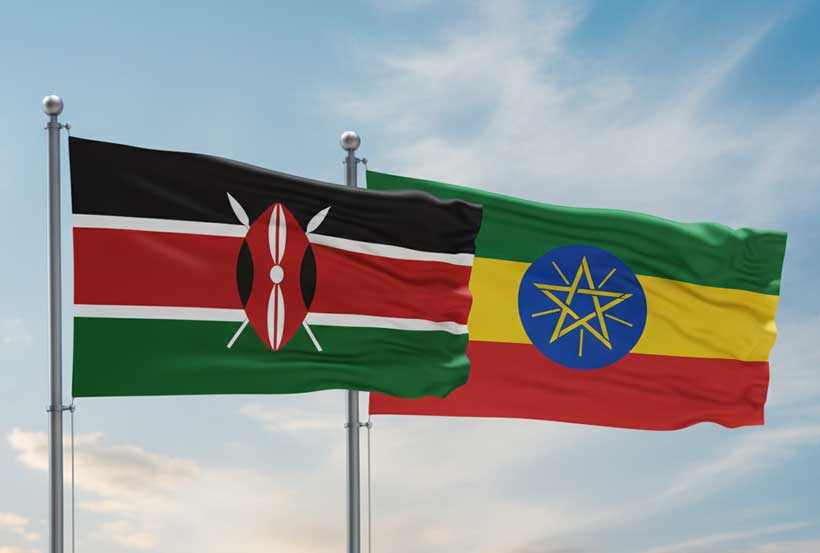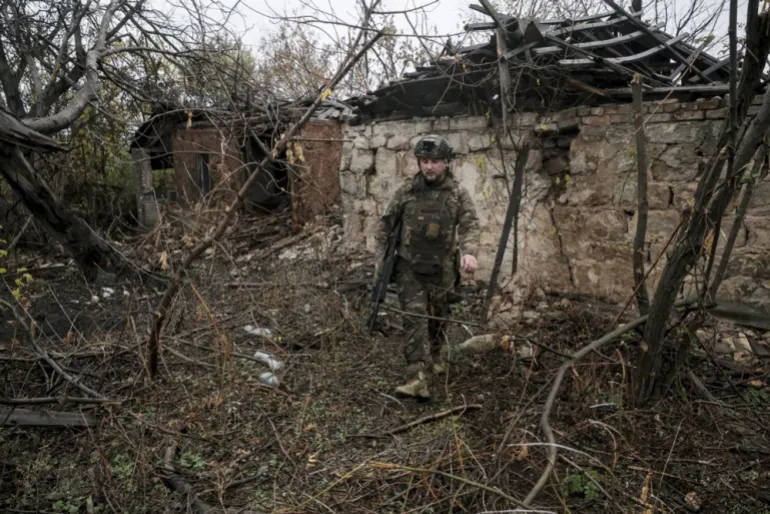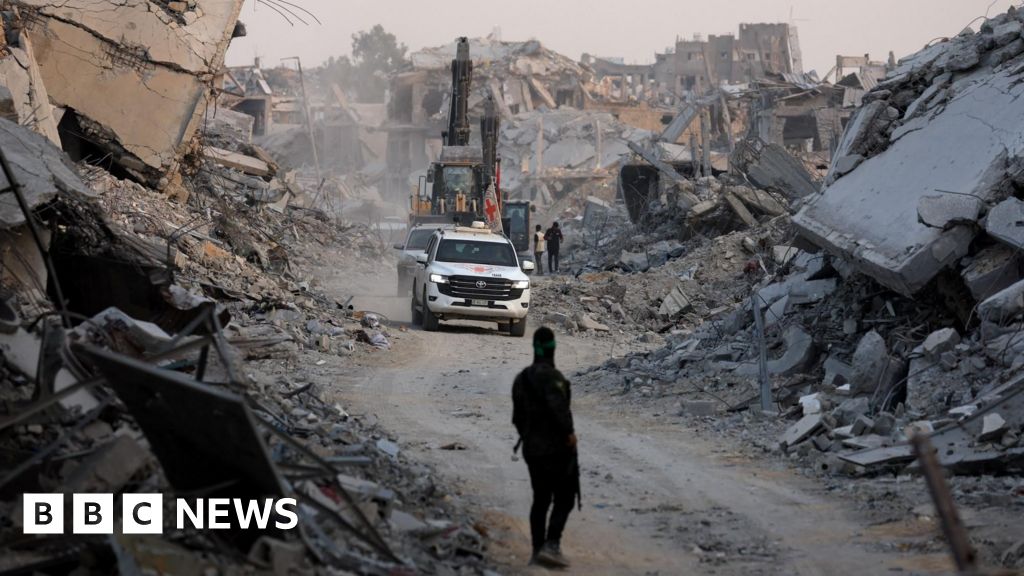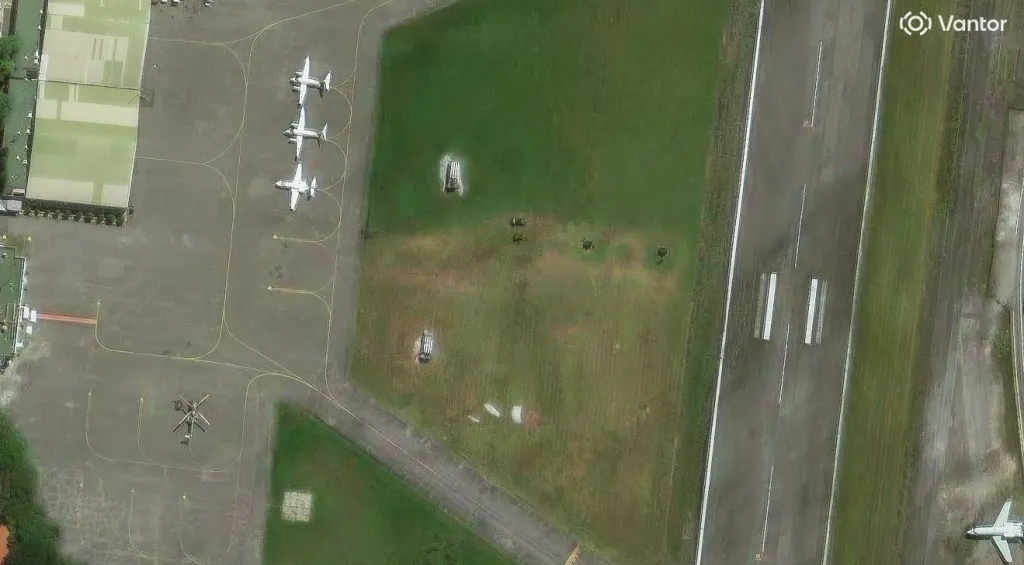France moves to suspend Shein website as it opens first store in Paris
Osmond Chia,Business reporter and
Paul Kirby,Europe digital editor
 DIMITAR DILKOFF/POOL/AFP
DIMITAR DILKOFF/POOL/AFPThe French government says it is initiating proceedings to suspend the online platform of Asian online giant Shein, after prosecutors said they were investigating the company over childlike sex dolls found on its website.
The economy ministry said under the prime minister’s order proceedings would last for “as long as necessary for the platform to prove to authorities that all of its content is finally in compliance with our laws and regulations”.
The government’s move was announced little more than an hour after Shein opened its first physical store in the world, on the sixth floor of Paris department store BHV.
Shoppers queued to get into the store, while protesters screamed “Shame!” at them.
Shein has promised to co-operate fully with Paris prosecutors who are also investigating three other platforms – Temu, AliExpress and Wish. Allegations surrounding the sale of childlike sex dolls on Shein first came to light from France’s anti-fraud office at the weekend.
In a statement, Shein said it had already temporarily suspended listings from independent third-party vendors in its marketplace, while it tightened up rules on how they operate.
“This suspension enables us to strengthen accountability and ensure every product meets our standards and legal obligations,” said Quentin Ruffat, the company’s head of public affairs in France.
BHV’s decision to house the fast-fashion giant has angered rival clothing brands and a number have said they will leave the prestigious department store in protest.
Protests against the opening continued inside the store, and one person let off a foul-smelling spray.
 NurPhoto via Getty Images
NurPhoto via Getty ImagesShein has become best known for its discounted and trendy clothes, but has drawn criticism over its environmental impact and working conditions.
Fashion designer Agnès B said earlier she would close her concession in BHV when her contract ended in January.
“I’m completely against this fast-fashion… there are jobs under threat, it’s very bad,” she told French radio.
Shein spokesman Quentin Ruffat earlier promised to provide information on sellers, buyers and products involved in selling the childlike sex dolls on its site.
AliExpress told the BBC it took the matter very seriously.
Temu said it was not involved in the case and did not allow the sale of such items on its platform, although it told the BBC it was working with French authorities “to reinforce our minor protection mechanism”. Wish has also been contacted for comment.
Frédéric Merlin, whose SGM company runs BHV, has admitted that he considered ending the department store’s partnership with the retailer.
However, he said Shein’s response had “convinced me to continue” and he expressed confidence in the products it was going to sell in his store. “The clothes we’re going to sell do not exploit workers or children,” he told French radio.
Shein, which was founded in China, is also set to open outlets in seven other cities, inside Galeries Lafayette department stores run by SGM. But Galeries Lafayette has refused to have anything to do with Shein and will withdraw its name from the stores in Angers, Dijon, Grenoble, Le Mans, Limoges, Orléans and Reims.
The Paris prosecutor’s office said Shein and the other three e-commerce platforms were being investigated over violent, pornographic or “undignified messages” that could be accessed by minors.
Shein and AliExpress are also under investigation over the dissemination of content related to children that are of a pornographic nature, the prosecutor’s office said.
The cases have been referred to the Paris Office des Mineurs, the prosecution service added. The office is an arm of the French police force that oversees the protection of minors.
AliExpress said the listings in question violated its policies and were removed once it became aware of them.
“Sellers found to violate or trying to circumvent these requirements will be penalised in accordance with our rules,” AliExpress said in a statement.
On Monday, Shein said it had banned the sale of all sex dolls on its platform worldwide. The Singapore-based retailer also said that it would permanently block all seller accounts related to the illegal sale of the childlike dolls and set stricter controls on its platform.
The French consumer watchdog, the Directorate General for Competition, Consumer Affairs and Fraud Control, said the sex dolls’ description and categorisation left “little doubt as to the child pornography nature” of the products.







